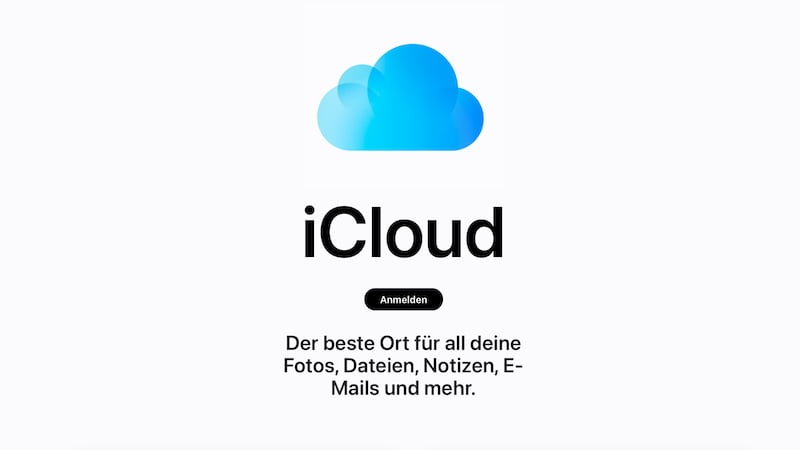
iCloud can be quite useful for iPhone, iPad and Co. users. Apple offers you different subscription models. We’ll show you how to manage your iCloud storage.
Whether for your backups or storing photos and videos – you can use your iCloud to free up the existing storage on your iPhone or iPad.
When you set up your iCloud for the first time, you automatically receive 5 GB of storage space. But you can also take out a subscription to iCloud+ and have more storage space.
How to check how much iCloud storage you have available
You can view your iCloud storage plan on your devices at any time. But you can also check your storage via iCloud.com.
If you want to check how large your iCloud is on your iPhone or iPad, open the Settings. Click your name at the top of your Settings to open your Apple ID overview.
In the iCloud menu item you can then see how much storage is available to you. If you click on iCloud, you can also analyze what takes up how much storage in your cloud.
Here’s how you can manage your iCloud storage
If you no longer have enough storage space or want to reduce it, you can also make these changes here in the settings.
To do this, click “Manage Plan” in your iCloud settings. Apple will now show you your upgrade options here. However, if you want to use less memory in the future, tap “Downgrade Options”. However, you must first confirm this option with your Apple ID password.
Manage iCloud storage: You have these options for your subscription
If you don’t just want to use the free version with 5 GB of storage space, Apple offers you three additional options for your iCloud storage. To do this, you need to take out a subscription to iCloud+.
With iCloud+ you can choose between 50 GB, 200 GB or 2 TB of storage space. These cost between 0.99 and 9.99 euros per month.
You can also share your storage with members of your Family Sharing group using Family Sharing. You’ll also get more features if you purchase a Premium subscription.
For example, with iCloud Private Relay you can hide your IP address and your activity in Safari. You can also hide your email address with iCloud+. It does this by creating unique, random email addresses that forward messages to your inbox. However, you do not have to give out your actual email address.
Also interesting:
Source: https://www.basicthinking.de/blog/2023/08/27/icloud-speicher-verwalten/


